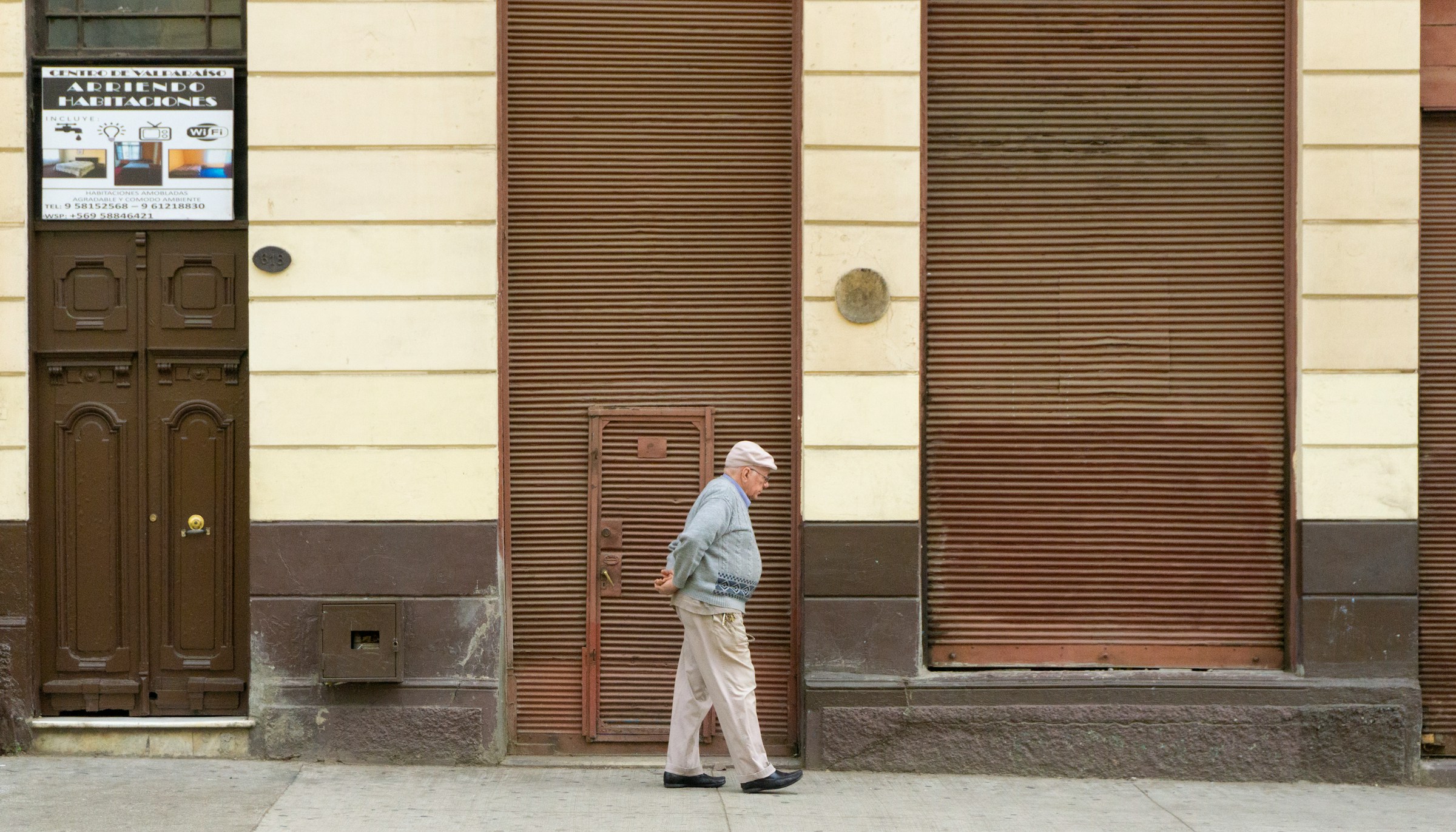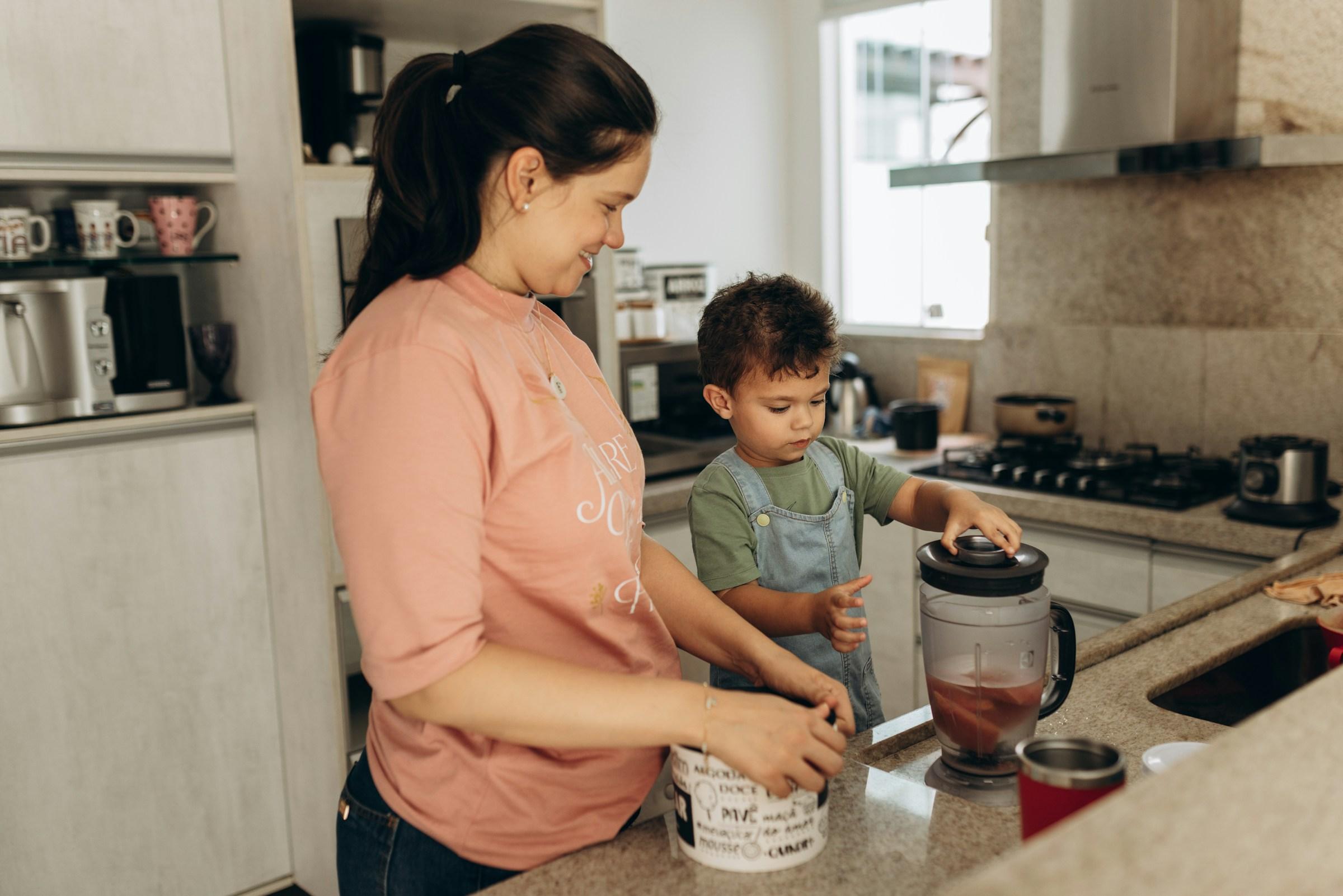Walking is often dismissed as too simple to matter, yet its simplicity is precisely what gives it staying power. It fits the texture of regular life without the rituals and logistics that make so many fitness ambitions collapse. You do not need a membership or a rack of equipment. You do not need a commute to a studio or a perfect weather window. You can step outside your door in office attire and make a small loop before lunch, or you can pull on a pair of trainers after dinner and wander the neighborhood as the lights come on. Because walking can exist inside busy seasons rather than compete with them, the benefits it delivers accumulate in a way that feels quiet at first and then unmistakable.
At the heart of those benefits is cardiovascular health. Steady walking keeps you in an aerobic zone that strengthens the heart and trains the lungs without the strain that can invite injury or burnout. A good reference point is the talk test. If you can hold a conversation in full sentences, your pace is likely in a productive range. Time spent here, even twenty to forty minutes on most days, teaches the body to use oxygen more efficiently. Over a few weeks you notice you take the stairs with less hesitation. Over a few months you feel more margin for daily effort. The cardiovascular system responds to consistency more than spectacle, which is why walking is a gift to anyone who has ever quit an impressive plan that asked for too much, too soon.
Another power of walking shows up after meals. A short stroll of ten to fifteen minutes helps the body manage blood glucose more smoothly. The post meal fog that once sent you reaching for coffee fades, and the late night cravings lose their edge. For people who face afternoons of mental work, an easy walk after lunch can feel like clearing a windshield. If evenings are when life gets hectic, a gentle walk after the largest meal becomes both a digestion aid and a ritual that signals the end of the day’s speed.
Walking also nourishes the brain. Movement boosts blood flow to regions that support attention and memory, and the rhythmic pattern of steps can calm an overstimulated nervous system. Many discover that a brief loop between meetings is more effective than scrolling through a timeline that only adds mental clutter. Others find that ideas loosen while the body is in motion. A question carried into a walk often returns with a modest but useful answer. When screens dominate our hours, walking offers a reset that is physical, cognitive, and emotional at once.
Sleep quality improves when walking becomes routine, especially if light exposure enters the picture. Morning or early afternoon walks pair movement with daylight, which anchors the body clock and helps the evening wind down unfold more naturally. The result is not only falling asleep with less struggle but also fewer middle of the night awakenings. For those who can only walk later in the day, finishing at least two hours before bed protects that calmer state. In this way, walking becomes part of a 24 hour rhythm rather than a disconnected activity that lives apart from the rest of life.
Joints and posture benefit from the gentle, regular load that walking provides. Hips, knees, and ankles behave like machinery that stays smooth when it is used and stiffens when it sits. Office hours tighten hip flexors and weaken the small muscles that stabilize the spine. A midday walk brings blood flow back to the lower body and invites the ribcage to stack over the pelvis again. Basic form cues help. Stand tall with the head level and the shoulders relaxed. Let the arms swing naturally near the pockets. Push lightly behind you as the foot leaves the ground. Shorten the stride if the shins tighten. These small corrections reduce fatigue and transform a walk from a tolerable chore into a pleasant reset.
Weight management reacts well to walking because it is sustainable. Energy expenditure rises without a matching spike in hunger, and stress tends to fall rather than flare up. The plan that quietly works is not the heroic Saturday route that leaves you depleted for two days. Progress lives in the unremarkable weekday loop that you protect when deadlines crunch and rain clouds threaten. Because walking feels manageable, you keep doing it. Because you keep doing it, the math of energy balance works in your favor without demanding constant negotiations with willpower.
Mental health gains are real and immediate. The body’s rhythm soothes the nervous system. Sunlight lifts mood. Even a streetscape with a few trees softens the mind’s edges. Conversation during a walk is often easier than a seated talk because the side by side orientation feels less intense, and the landscape gives moments of shared attention that allow hard topics to breathe. When outside time is not possible, a treadmill with music or an audiobook still shifts the internal weather. This is not a cure for complex challenges, but it is a lever within reach.
These benefits become reliable when you treat walking as a system rather than a vague intention. A simple weekly structure survives the chaos of work, travel, and family life. Many people thrive with one longer easy walk and two to four short walks most days. The longer session grows endurance. The shorter ones manage energy and glucose. A clean template looks like this in practice. On waking, take a ten to fifteen minute loop outside to greet the day and settle your nervous system. After lunch, walk ten minutes before you reopen the laptop. After dinner, walk ten to twenty minutes at a relaxed pace. On two or three days each week, add one forty to sixty minute walk at a conversational speed as an endurance deposit. When a day explodes, protect the shortest loop and let the rest go. Minimums, not maximums, preserve momentum.
Small choices around gear and terrain influence how enjoyable the routine feels. Footwear that fits well and feels alive underfoot makes compliance easier. Look for a stable heel, a flexible forefoot, and enough toe room. Rotate pairs if your feet get sore, and retire shoes when the midsole feels flat and lifeless. Begin on flat routes. As your base settles in, introduce gentle inclines that build strength and glute drive without converting your walk into a run. Stairs can serve as short power bursts if your knees tolerate them, but brevity helps. City walkers can recruit bridges and overpasses as natural hills. Office walkers can use multi level car parks when rain or heat blocks an outdoor route. Safety and consistency beat variety for its own sake, so let novelty serve adherence rather than the other way around.
Light and hydration add quiet advantages. Morning or midday walks that include bright light support vitamin D status and stabilize mood. If daylight is limited, extend duration slightly rather than forcing intensity. In hot climates, shift the clock earlier or later and ease the pace. Sip water before thirst shouts. For longer sessions, a pinch of salt in the bottle can prevent cramps if you are prone to them, but most days do not require elaborate fueling.
Tracking can help when it stays simple. Steps provide a familiar metric, but they are not a moral score. Ten thousand is a tidy number, not a commandment. For many desk workers, seven to nine thousand steps with a few longer walks each week delivers noticeable improvements. If a watch raises pressure, count loops instead. The two blocks around your office before lunch, the evening circuit around a nearby park, the weekend rail trail. Systems win when they are visible, repeatable, and easy to tally.
Walking invites habit stacking in a way that compounds value without extra time. A morning loop can pair with breath work to calm the mind before the day’s demands. A lunch loop can become a classroom with a course or a podcast. An evening loop can attach to a partner or a child so that connection builds itself into the schedule. On travel days, walking turns airports and unfamiliar neighborhoods into places of exploration rather than barriers to movement. Phone calls shift to audio only while you stroll a quiet corridor. The day does not have to pause for you to move.
Every system has failure points, and naming them makes them easier to navigate. Weather is the classic disruptor, so prepare a rain route that follows covered walkways or mall paths. Workload spikes are predictable in many industries, so treat your shortest loop as a non negotiable meeting on those days. Boredom arrives even in good plans, so change routes once a week, walk with someone once a week, and refresh a playlist once a month. Pain is a stop sign, not a dare. If joint discomfort grows with each walk, reduce volume, vary surfaces, and inspect footwear. If pain persists, seek an assessment and rebuild without shame. The only plan that works is the one you can stay inside.
Recovery from walking does not require a protocol worthy of a sports lab. A few gentle stretches after longer sessions release calves and hip flexors. A diet with adequate iron and protein helps if you have increased volume and notice unusual fatigue. Sleep remains the most potent recovery tool, and walking contributes to better sleep, which in turn supports more walking. The loop becomes virtuous.
Perhaps the overlooked gift of walking is that it doubles as a planning tool. A solo morning round can set a single priority for the day. A mid afternoon loop can reset attention and clarify what deserves to be dropped rather than added. An evening stroll can let the mind close open loops so that the night does not inherit the day’s noise. Movement creates enough distance to see what matters next.
The benefits of walking every day emerge when the routine fits your life rather than a fantasy calendar. Protect the minimum on hard days. Add volume when conditions are kind. Let the plan flex around seasons of travel, caregiving, or intense work, because a flexible plan is a durable plan. Walking is not a challenge to be conquered and then forgotten. It is an element of infrastructure for a well lived life. It is ordinary, which is its genius. The body rewards what it can repeat, and walking is repetition made humane. Steady beats impressive, and consistent beats heroic. When a plan can survive a bad week, it moves with you for years. Walking survives bad weeks, and that is why it works.






.jpg&w=3840&q=75)








